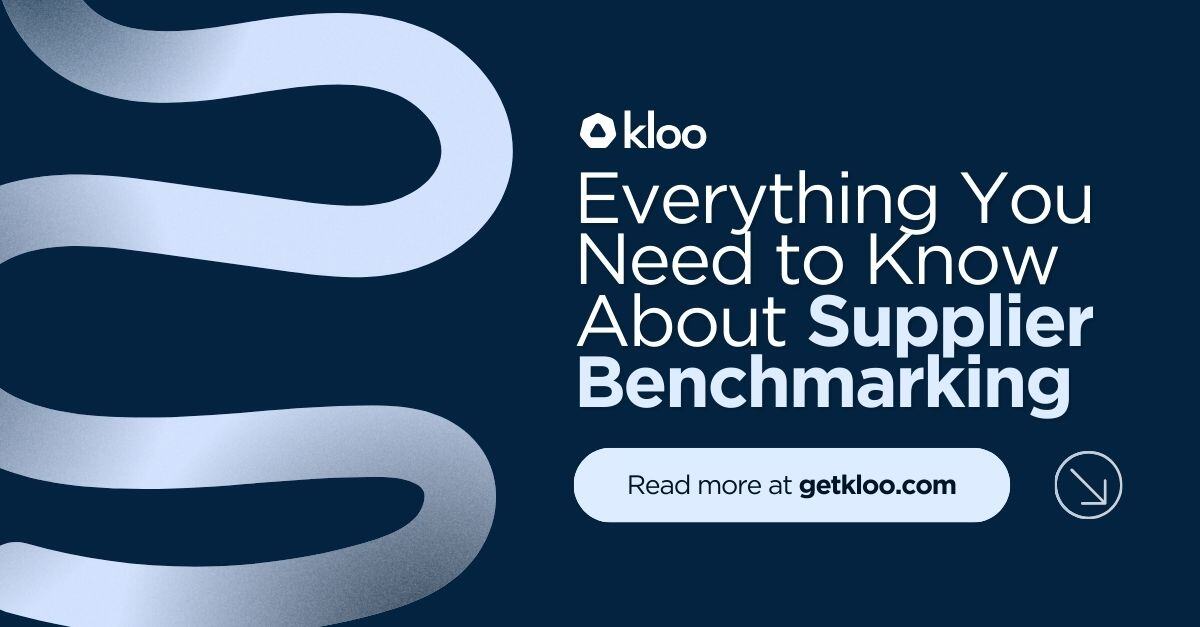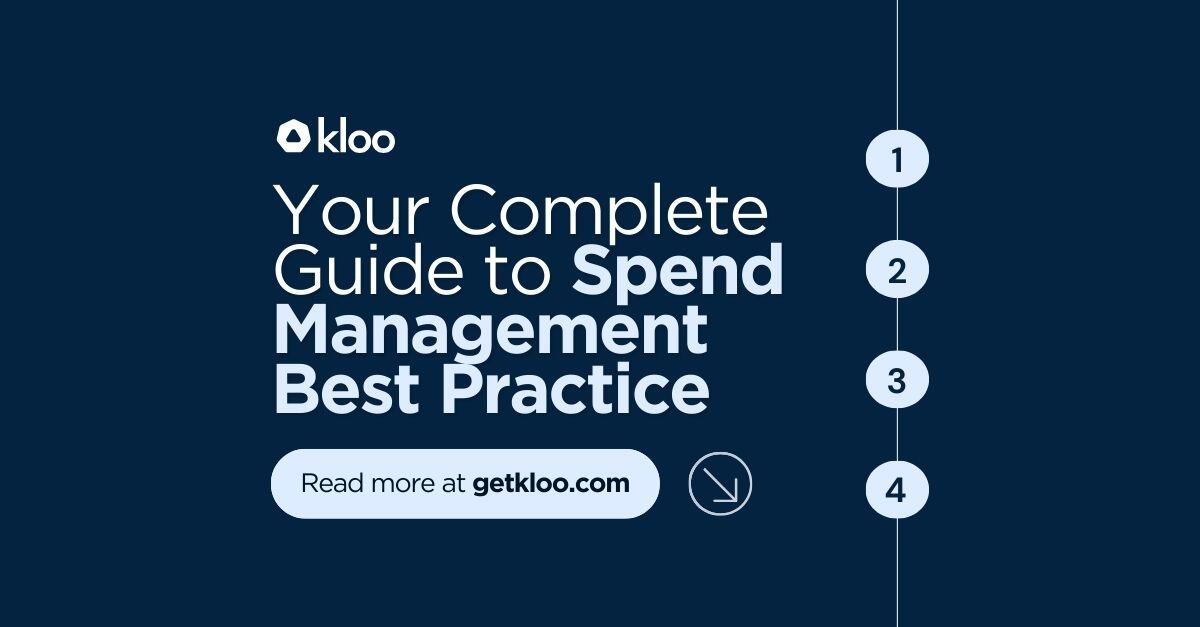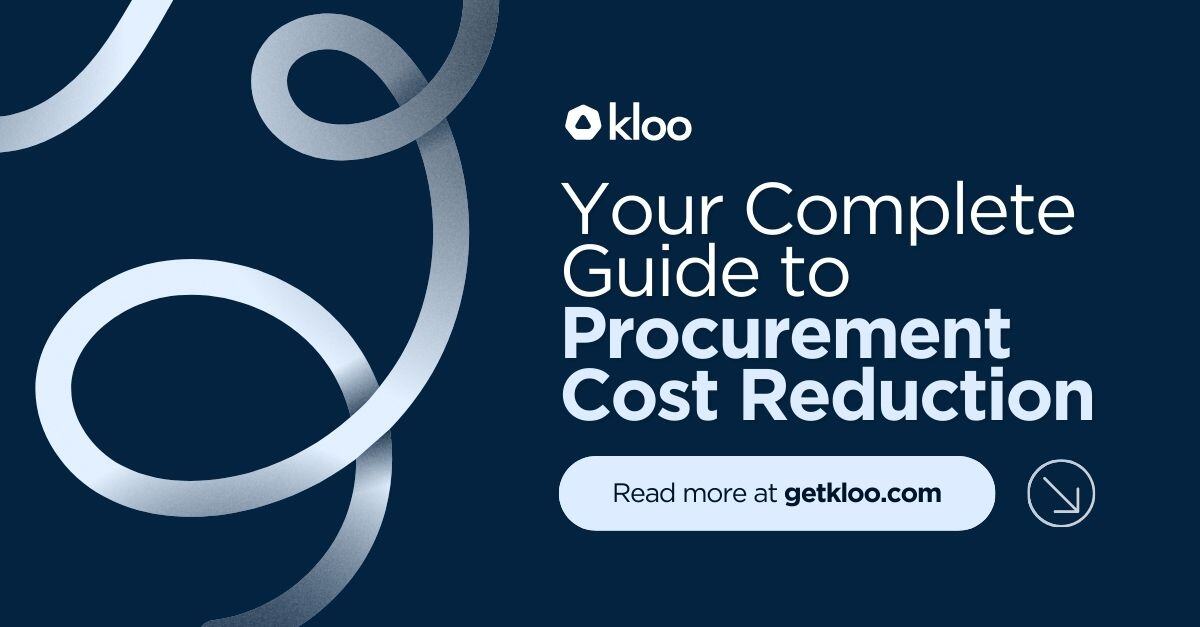
Spend Analysis 101: Your Complete Procurement Guide

Understanding and managing your organisation’s expenditures is crucial for maintaining financial health and achieving strategic goals. This comprehensive guide delves into the essentials of spend analysis—a key component of effective spend management. We will explore what spend analysis is, why it’s important, and the myriad benefits it offers. Additionally, the guide will provide a step-by-step approach to conducting a spend analysis, outline the critical sources of procurement spend data, and highlight the key performance indicators (KPIs) you should be tracking.
What is spend analysis? Why is it important?
Spend analysis is a crucial part of the broader business practice of spend management because a clear picture of the company's expenditures is essential for fact-based decisions in strategic sourcing and supplier management. Conducting spend analysis involves collecting, examining, and visualising your spend data. Having full visibility and control over your company's spend management will empower your finance team to identify process bottlenecks and unidentified, duplicate, or late payments.
A comprehensive spend analysis provides insights into spending patterns, helping organisations understand where and how money is being spent. This process enables businesses to identify savings opportunities, improve budgeting accuracy, and enhance financial control. By categorising expenditures and analysing trends, companies can negotiate better terms with suppliers, consolidate purchases, and eliminate inefficiencies. Moreover, spend analysis helps in risk management by highlighting dependencies on particular suppliers and ensuring compliance with procurement policies.
Benefits of spend analysis
- Cost-saving Opportunities: Spend analysis is instrumental in achieving your cost reduction targets and supporting ongoing savings efforts. It identifies inefficiencies and eliminates unnecessary expenditures to secure significant cost savings. Enhanced visibility through spend analysis reveals potential savings opportunities, enabling you to benchmark suppliers, manage tail spend, identify non-compliant purchases, and ensure adherence to contract terms.
- Full Visibility Over Spend: Spend analysis offers superior visibility and actionable insights into your spending patterns. This comprehensive understanding aids in better financial planning and control. It provides a complete view of the metrics driving cost savings, process efficiency, and supply chain performance. Spend visibility extends beyond mere tracking, offering a detailed and holistic picture of financial flows within your company. This enables the analysis of past spending to inform future planning.
- More Efficient Operations: Centralising and organising spend data through spend analysis reduces the administrative burden of tracking and managing expenditures. This leads to a significant decrease in the time required to generate reports and conduct ad-hoc analyses, cutting labour costs and freeing up time for strategic initiatives. Systematic spend data analysis allows organisations to quickly identify opportunities in spending and sourcing, enabling procurement teams to act swiftly without the need for time-consuming manual data review.
- Improved Supplier Performance: Analysing spend data allows organisations to evaluate supplier performance based on key factors such as delivery timelines, product or service quality, and contract compliance. This thorough evaluation highlights top-performing suppliers and those needing improvement. By benchmarking supplier performance against industry standards or other suppliers, clear performance expectations are set, fostering a culture of continuous improvement.
- Data-driven Decision-making: Spend analysis empowers you to utilise data-driven insights for strategic decision-making that aligns with your organisational goals and procurement strategies. By benchmarking performance across business units, locations, and categories, you can identify synergies and growth potential. Without timely data and a comprehensive view of your supply chain performance, making effective decisions for your business is challenging. Spend analysis ensures you have the necessary information to drive optimal outcomes.
How to conduct a spend analysis
Conducting an effective spend analysis involves several key steps:
- Data Collection: Gather all relevant expenditure data from various sources within the organisation.
- Data Cleansing: Ensure the data is accurate, complete, and formatted consistently.
- Data Categorisation: Classify spending data into categories and subcategories for better analysis.
- Spend Analysis: Use analytical tools to examine spending patterns, identify trends, and pinpoint inefficiencies.
- Reporting: Generate reports that provide insights and actionable recommendations.
Sources of procurement spend data
To perform a thorough spend analysis, it’s essential to collect data from various sources, including:
- Total Expenditure by Supplier: Total amount spent with each supplier.
- Total Spend by Category/Commodity: Breakdown of spend by different categories or commodities.
- Number of Suppliers by Commodity: Count of suppliers for each commodity.
- Number of Transactions by Commodity: Volume of transactions for each commodity.
- Spend Value per Business Unit: Expenditure allocated to each business unit.
- Average Spend Value per Employee: Average amount spent per employee.
- Average Purchase Order Value: Typical value of purchase orders.
KPIs and metrics you should be tracking
Key Performance Indicators (KPIs) and metrics are vital for monitoring and improving spend management. Essential KPIs include:
Spend Under Management
This KPI measures the percentage of total spend that is actively managed by the procurement team. High levels of spend under management indicate effective procurement practices and better control over expenditures.
Spend Visibility
This KPI assesses the extent to which an organization has a clear and comprehensive view of its spending data. High spend visibility enables better decision-making and spend management.
Cost Savings
This KPI tracks the total amount of money saved through cost reduction initiatives, such as supplier negotiations, strategic sourcing, and spend consolidation. It helps quantify the financial benefits of spend analysis.
Spend by Category
This KPI breaks down spending into various categories, such as direct and indirect spend, to provide insights into where money is being allocated. It helps identify high-spend areas that may require closer scrutiny or optimization.
Supplier Performance
Metrics under this KPI include on-time delivery rates, order accuracy, and quality of goods or services. Monitoring supplier performance helps ensure that suppliers meet the organization's standards and contractual obligations.
Contract Compliance Rate
This KPI measures the percentage of spend that falls under negotiated contracts versus off-contract or maverick spend. High compliance or contract utilization rates indicate better procurement governance and cost management.
Procurement Cycle Time
This KPI tracks the average time taken to complete the procurement process from requisition to purchase order. Shorter cycle times reflect efficient procurement processes and quicker responses to business needs.
How Kloo's spend analysis stands out
Kloo’s spend analysis tools offer unparalleled capabilities to enhance your procurement strategy. Kloo leverages advanced AI-powered analytics to provide deep insights into spending patterns and opportunities for cost savings. The platform’s intuitive interface allows for easy data visualisation and comprehensive reporting. Additionally, Kloo’s solutions include automated data cleansing and categorisation, ensuring that your spend data is accurate and actionable.
Kloo's spend analysis not only identifies inefficiencies and areas for improvement but also facilitates better supplier negotiations and strategic sourcing decisions. Our industry-level supplier cost benchmarking insights can provide you with cost comparisons across a wide variety of suppliers, empowering you with the clarity and security to negotiate better terms and contracts with your suppliers. To find out more, check out our short demo video below.
In summary, effective spend analysis is indispensable for any organisation aiming to optimise its procurement practices and financial management. By adopting Kloo's advanced spend analysis tools, businesses can unlock significant benefits and drive long-term success. Spend smarter and save on costs with Kloo today.
Let's get started


